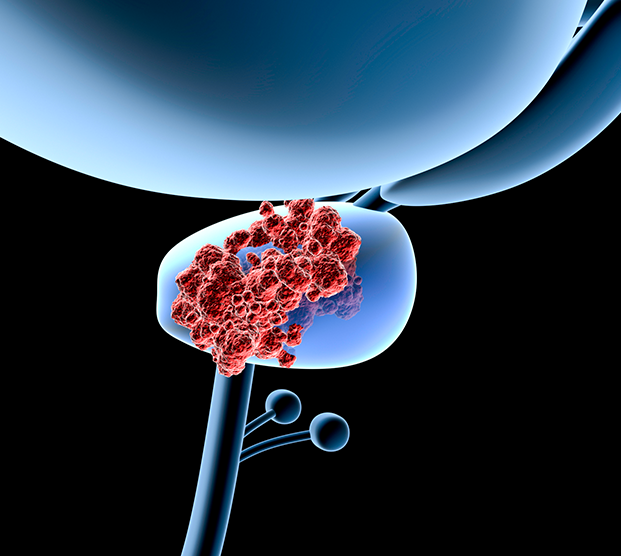Cryoablation
Home » Braving Cancer Together » Prostate Cancer » Cryoablation

Cryoablation, also called cryotherapy or cryosurgery, is the use of extremely cold temperatures to freeze and kill prostate cancer cells. Treatment will also freeze most of the prostate.


When is Cryoablation Done?
Cryoablation may be necessary if prostate cancer has returned after radiation therapy. Patients with low risk, early-stage prostate cancer who cannot undergo surgery or be treated with radiation may also benefit from cryoablation. However, most physicians do not recommend cryotherapy as the first treatment option for prostate cancer.
What to Expect During Cryoablation
Patients will receive spinal or epidural anesthesia (which is numbing the lower half of the body) or general anesthesia before the physician can begin treatment.
Using a transrectal ultrasound (TRUS), the physician will guide several hollow probes, or needles, through the skin between the anus and scrotum to reach the prostate. The needles will then be used to deliver extremely cold gasses to the prostate and freeze and destroy the cells.
To ensure the prostate is treated without seriously damaging nearby tissues, the physician will carefully monitor the ultrasound during the procedure. In addition, warm saltwater will be passed through a catheter in the urethra to keep it from freezing. The catheter will be left in place for several weeks after treatment to support the bladder during recovery.




Some patients may need to stay in the hospital overnight, but many are able to go home the same day.
Cryoablation is less invasive than surgery, offering the following benefits:
Minimal blood loss
A shorter hospital stay
Shorter recovery period
Less pain
However, compared with surgery or radiation therapy, the long-term effectiveness of cryotherapy is not well-known. Cryotherapy may also not be a good option for men with enlarged prostate glands.
Potential Side Effects of Cryoablation
The side effects from cryotherapy are typically worse in men who have already received radiation treatment, compared to patients who pursue cryotherapy as their first form of treatment.
It’s normal to have blood in the urine for a day or two after the procedure, as well as soreness in the place where the needles were inserted. Patients may also experience swelling of the penis or scrotum.
Treatment that freezes the prostate may also impact the bladder and rectum, leading to burning sensations, pain, and the need to frequently urinate or have a bowel movement. Over time, most patients recover normal bowel and bladder function.
Freezing is also likely to damage the nerves near the prostate that control erections. As a result, erectile dysfunction is more common after cryotherapy than after radical prostatectomy.
Men who undergo cryoablation to treat prostate cancer are not likely to experience urinary incontinence. However, difficulty controlling urine is more common in men who have already received radiation therapy.
After cryoablation, a small amount of men develop a fistula, an abnormal connection between the rectum and bladder. This rare but serious side effect can allow urine to leak into the rectum, often requiring surgery to repair.
